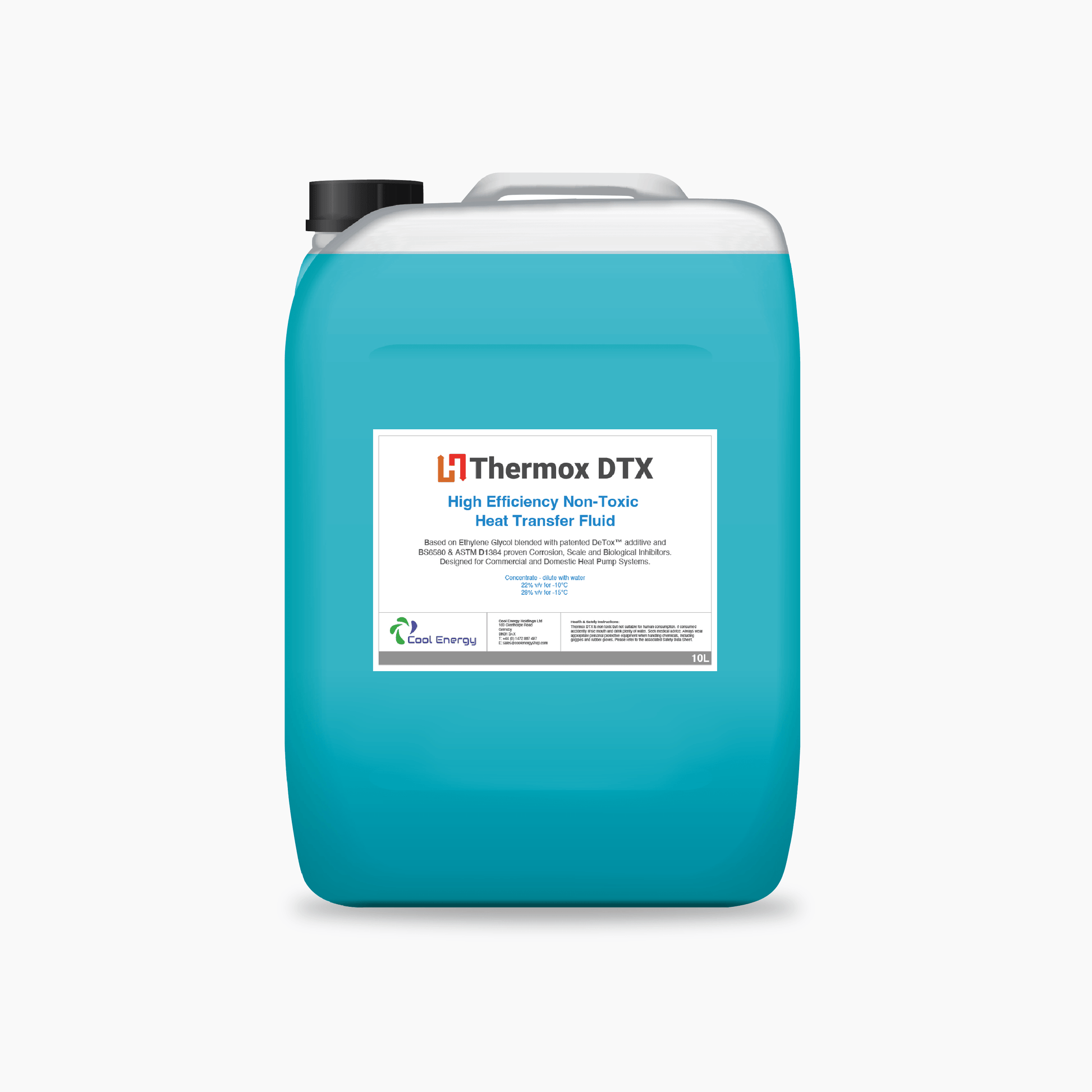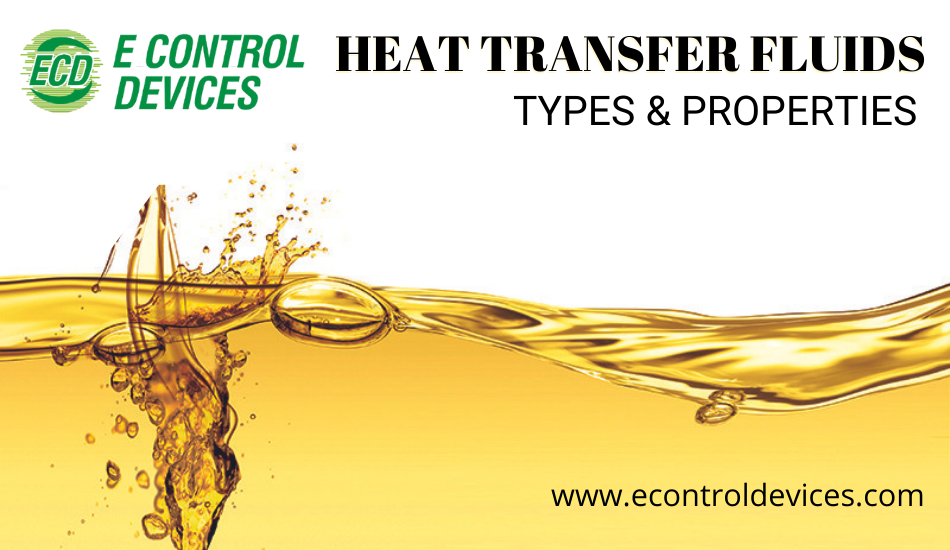Just How Heat Transfer Fluid Impacts the Performance of A/c Systems
Just How Heat Transfer Fluid Impacts the Performance of A/c Systems
Blog Article
Why Warmth Transfer Liquid Is Very Important for Optimizing Energy Transfer in Solution
The duty of heat transfer liquids in optimizing power transfer is essential for achieving effective thermal management across numerous industrial sectors. These fluids facilitate seamless warm exchange, guaranteeing procedures operate within optimum temperature level varieties and alleviating the risk of overheating.

Role in Thermal Monitoring
Warm transfer liquids play an essential duty in thermal management by successfully regulating temperatures in various commercial processes and systems. These specialized fluids facilitate the transfer of warm in between various components, making certain optimum operating conditions and preventing overheating. By preserving specific temperature level control, heat transfer liquids allow sectors such as chemical production, oil and gas, and power generation to run safely and successfully.
The choice of an ideal heat transfer fluid relies on a number of variables, including thermal security, warmth capability, and thickness. High thermal stability makes sure that the fluid can hold up against severe temperature levels without deteriorating, while a high heat ability permits it to take in and launch considerable quantities of warm - heat transfer fluid. Low viscosity lowers the power required for pumping, adding to overall system effectiveness
In addition, warm transfer fluids are indispensable in applications like refrigeration, where they aid take in and dissipate warmth during the cooling cycle. In solar thermal energy systems, these liquids capture and transportation solar heat to generate electricity or supply warm water. Their flexibility to varied operating problems and ability to maintain consistent thermal performance emphasize their importance in commercial thermal management, facilitating functional connection and enhancing safety procedures.

Enhancing System Efficiency
To make the most of the benefits of thermal administration, improving system effectiveness with the calculated use warmth transfer fluids is vital. These liquids play a vital role in enhancing power transfer by helping with consistent thermal law, which in turn influences the total performance and durability of systems. Reliable warmth transfer causes minimized power losses, lowered operational expenses, and improved dependability of tools. By maintaining optimal temperature level degrees, warmth transfer fluids assist make sure that systems run within their created parameters, therefore stopping getting too hot and decreasing the danger of part failure.

Kinds of Heat Transfer Liquids
The diversity of heat transfer liquids emphasizes their important role in a variety of commercial applications, each customized to fulfill details thermal monitoring requirements. These liquids assist in reliable energy transfer Check This Out and are selected based upon essential residential or commercial properties such as thermal stability, viscosity, and heat capacity. The primary kinds include water, glycol options, oils, and synthetics, each offering unique advantages.
Water is one of the most usual heat transfer tool due to its high details heat capability and affordable. Its use is restricted by its cold and steaming factors. Glycol mixtures, frequently made use of in HVAC systems, go to my blog supply a reduced freezing point, including flexibility in different climates. Mineral oils are favored for their thermal stability and non-corrosive nature, making them suitable for high-temperature applications.

Synthetic fluids, consisting of silicone and aromatic compounds, offer remarkable thermal security and are used in atmospheres requiring extreme temperature varieties. These liquids make certain exceptional performance in systems where standard fluids may fall short. The choice of a heat transfer fluid is critical, as it influences system effectiveness, safety and security, and durability. Each kind needs to be selected to straighten with the operational demands and the certain problems of the application it offers.
Environmental and Economic Benefits
Making use of the appropriate warm transfer fluids supplies considerable ecological and financial benefits for commercial procedures. Eco pleasant heat transfer liquids, commonly biodegradable and safe, reduce the danger of soil and water contamination in the event of leakages or spills, thereby protecting ecological communities and abiding with stringent ecological laws.
Economically, the best warmth transfer fluid can dramatically decrease operational prices. Liquids with extensive lifecycle efficiency lower the regularity of replacements and upkeep, minimizing downtime and linked prices. On the whole, the strategic usage of ideal warmth transfer liquids supports sustainable financial development and environmental stewardship.
Picking the Right Liquid
Just how does one browse the complex process of selecting the appropriate heat transfer fluid for industrial applications? Selecting the proper fluid is essential, as it straight influences system efficiency, safety, and functional costs. Secret considerations include thermal security, compatibility with system materials, and running temperature range. Thermal security guarantees the liquid can hold up against heats without weakening, while compatibility stops corrosion my review here or various other harmful reactions with system components. The operating temperature array should line up with the system's requirements to keep performance and long life - heat transfer fluid.
In addition, the fluid's warm ability and thickness are critical. A high warm capacity permits the fluid to soak up and transfer even more power, enhancing efficiency.
Conclusion
The tactical selection and application of warmth transfer liquids are basic to optimizing power transfer across numerous systems. By guaranteeing high thermal stability and capacity, these fluids supply specific temperature level control and boost general system effectiveness.
Report this page